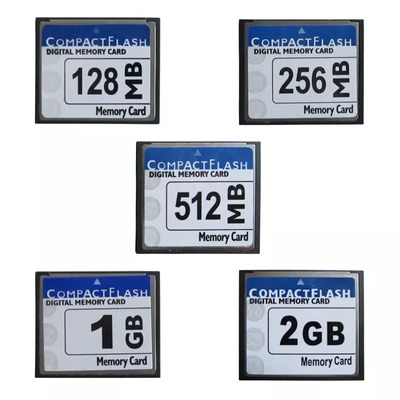First post, by retro games 100
- Rank
- l33t
I've spent a couple of days testing various CF drives on a 386 and 486 mobo. The 386 mobo uses an IO controller, and the 486 uses an integrated IDE controller. I've also tested a couple of HDDs on both mobos. My results are really inconsistent. The only CF drive I can get to work reliably on both systems is an old FujiFilm 128MB.
I've got 3 Transcend 133x 2GB CFs, but they behave differently on all systems. One works perfectly. One allows you to install DOS on it but when you boot up DOS, it displays the letter j on the screen and stops. The last one doesn't get recognised at all by the system. I can't discount the possibility that one or more of these devices are faulty, even though they were bought new. I bought them from ebay. Mistake, perhaps?
I also bought a 300x speed CF. That won't get recognised by either 386 or 486 system. Buying that CF was a mistake. I've also got a 100x FujiFilm CF, and curiously, that one is just as bad.
What's the safest CF to use, for old 386 and 486 systems? I was hoping for something a bit bigger and faster than my old 128MB CF, but if that's going to be safest CF to use, then I'll have to stick with that. Also, I'm having mixed results with a new 80GB HDD. I've also ordered a 2.5" 80GB drive, and I'm hoping it doesn't use 48-bit addressing, because that seems to cause some problems with old systems. I'm thinking that if CF drives can be unreliable on some old systems, then perhaps it's best to stick to a standard HDD. Of course, another problem to add to this situation is that all modern HDDs are huge. 80GB seems to be the smallest you can buy these days.
